Principles of good back care
Back pain is a key health concern for workers and is said to affect around 80 percent of adults in Britain during their lifetime. According to the Health and Safety Executive, musculoskeletal injuries lead to 1.5 million working lost days every year in the health and social care sector alone.
One of the biggest causes of back injury at work is lifting or handling objects incorrectly. By learning and following the correct method for lifting and handling loads, and by maintaining a good posture, we can help prevent injury and avoid back pain.
Having robust regulations in place can also help to achieve these benefits. In 1992, when manual handling operation regulations were introduced across the European Union, along with moving and handling equipment such as hoists and slide sheets, healthcare workers reported things changing for the better almost overnight.
Here are 10 top tips to maintain a healthy back:
• Learn to lift heavy objects using the correct lifting technique in line with the Manual Handling Operations. Always bend your knees and not your back, keep your spine nice and aligned and look ahead. Avoid twisting, stooping and slouching, keeping the load close to your core.
• If you need to move a heavier load, always use the correct equipment and push rather than pull. Your legs are one of the biggest muscles in the body, so use these to lead the load.
• Maintain a good posture – avoid slumping in your chair, hunching over a desk, or walking with your shoulders hunched. Complete a Digital Screen Equipment assessment if you use computers. Did you know, your head can weight up to 7kg. That’s a lot of weight if you are looking down at your keyboard all day.
• Adopt a stable position, your feet should be apart with one leg slightly forward to maintain balance (alongside the load, if it’s on the ground). Be prepared to move your feet during the lift to maintain a stable posture. Wearing over-tight clothing or unsuitable footwear, such as high heels or flip flops, may make this difficult.
• Try to take a short break – every 30 minutes – and stretch out those muscles.
• Quit smoking. Smoking can reduce the blood supply to the discs between the vertebrae, and this could lead to disc-degeneration. Your discs blood supply is limited already and by having an even smaller supply, this can mask over key warning signs such as the start of back discomfort.
• Always undertake an individual risk assessment thinking about TILE – Task, Individual (you), Load and the Environment. Don’t be afraid to move objects, Florence Nightingale once said: ‘I need hardly say that a patient’s bed should never have its side against the wall. The nurse must be able to get easily to both sides of the bed, and to reach easily every part of the patient without stretching’
• Exercise your back regularly – walking, cycling, yoga and swimming; most importantly the back stroke.
• Try to maintain a healthy diet and lifestyle, drink plenty of water! The discs in your back are the first to dehydrate and the last to rehydrate. Keeping a healthy weight will avoid excessive load on your spine.
• Know your limits-don’t lift or handle more than you can easily manage. There’s a difference between what people can lift and what they can safely lift. If you’re in doubt, seek advice or get help.
Written by Karrie Wallace, Friday 4th January 2018













